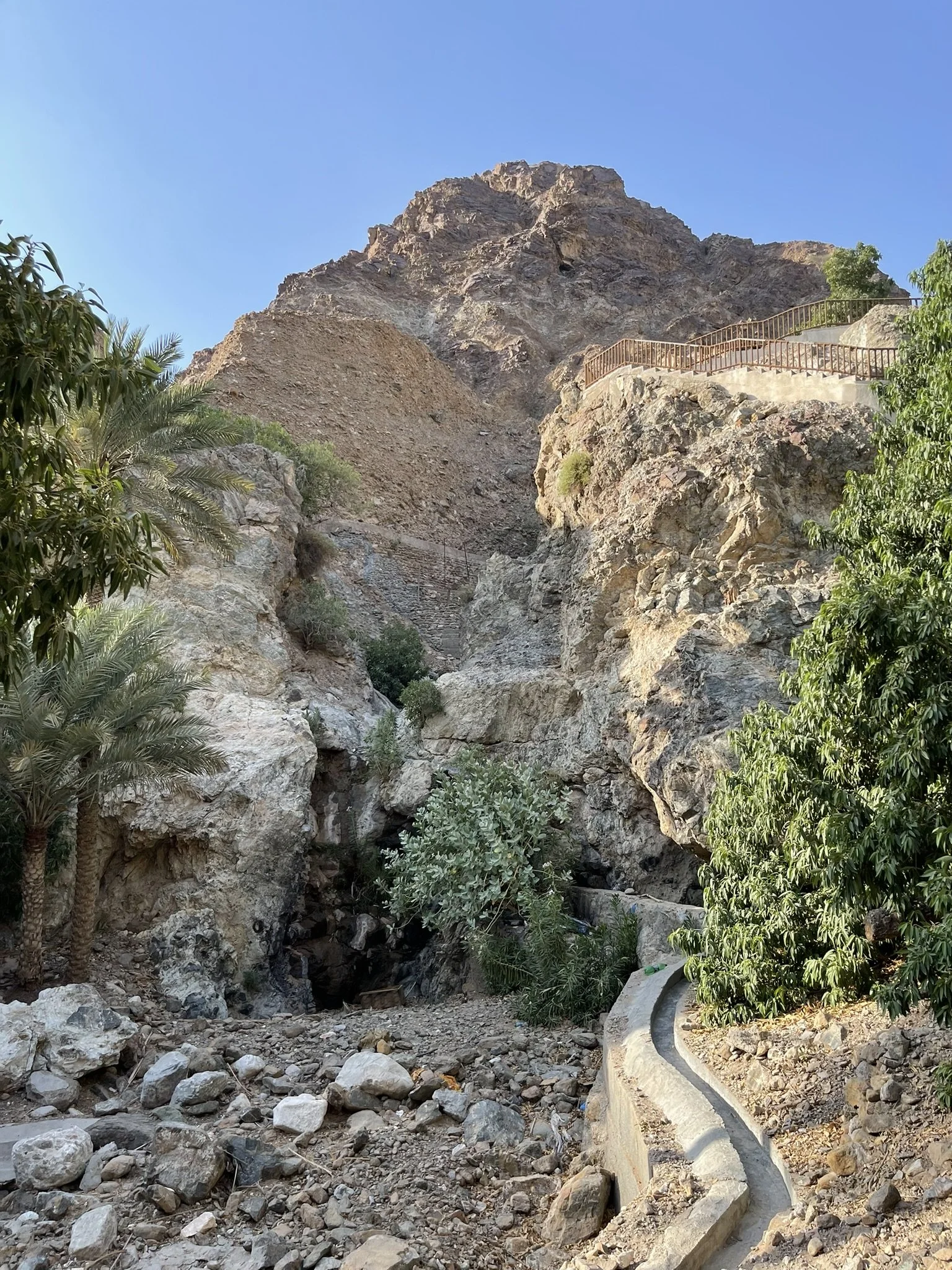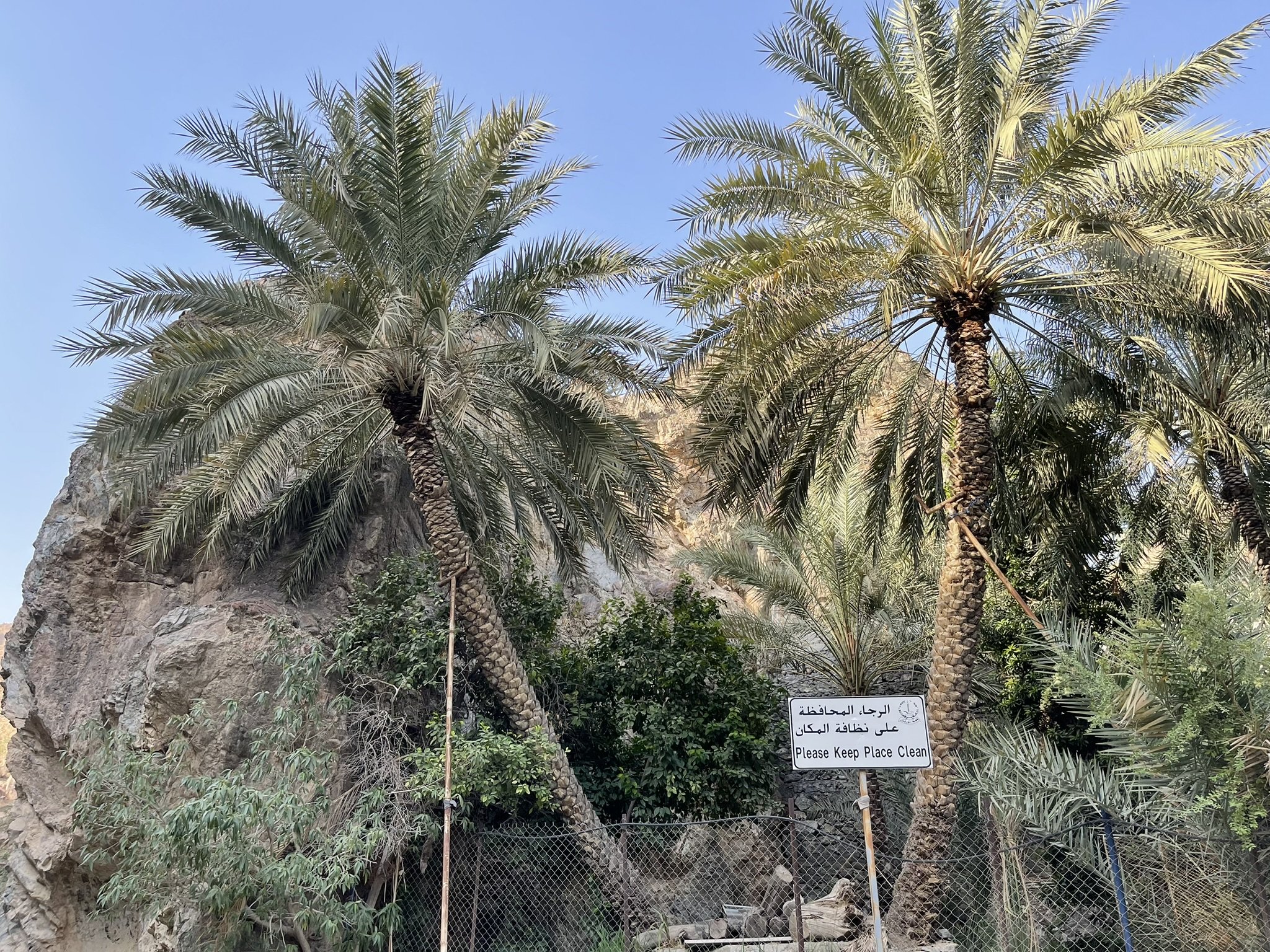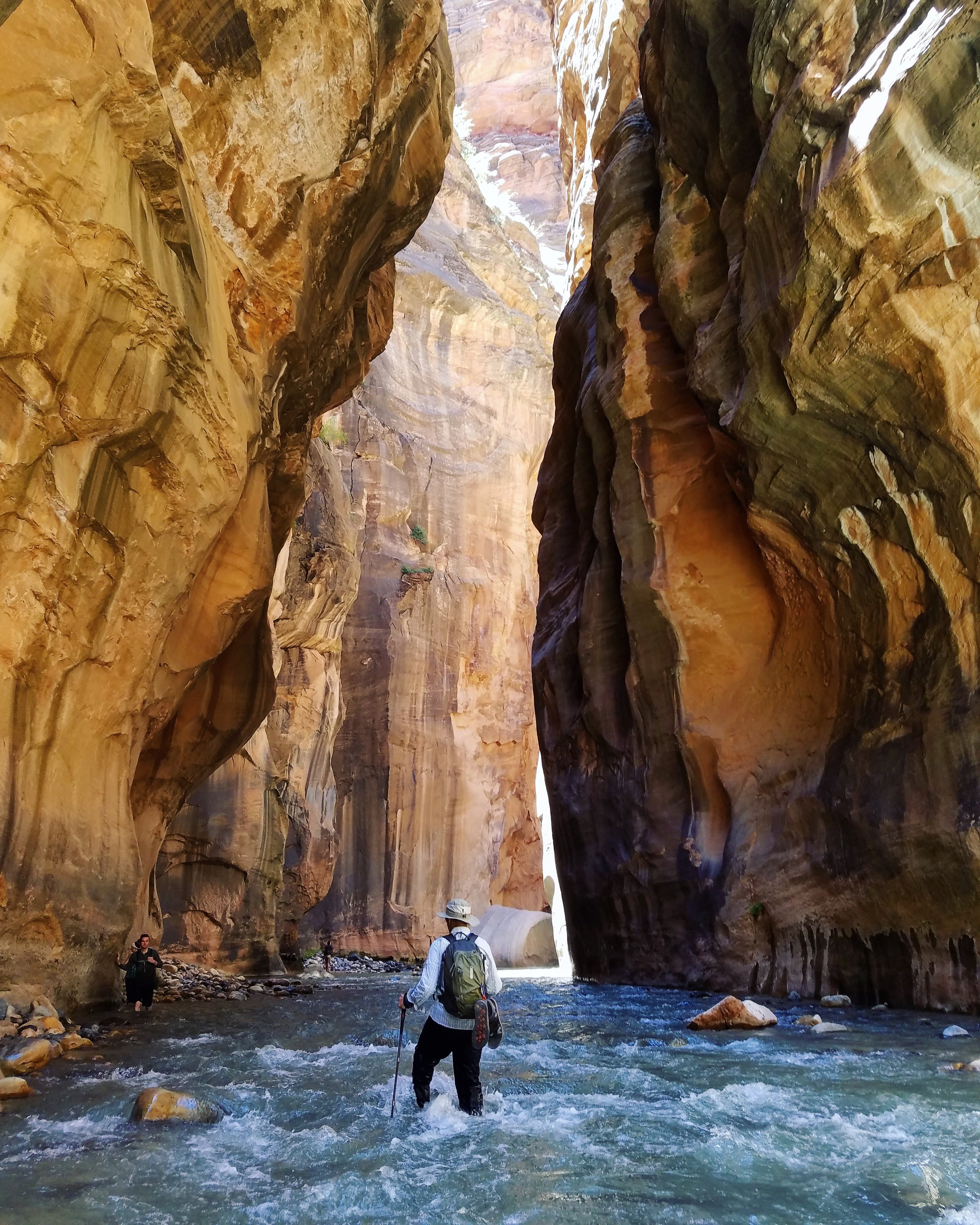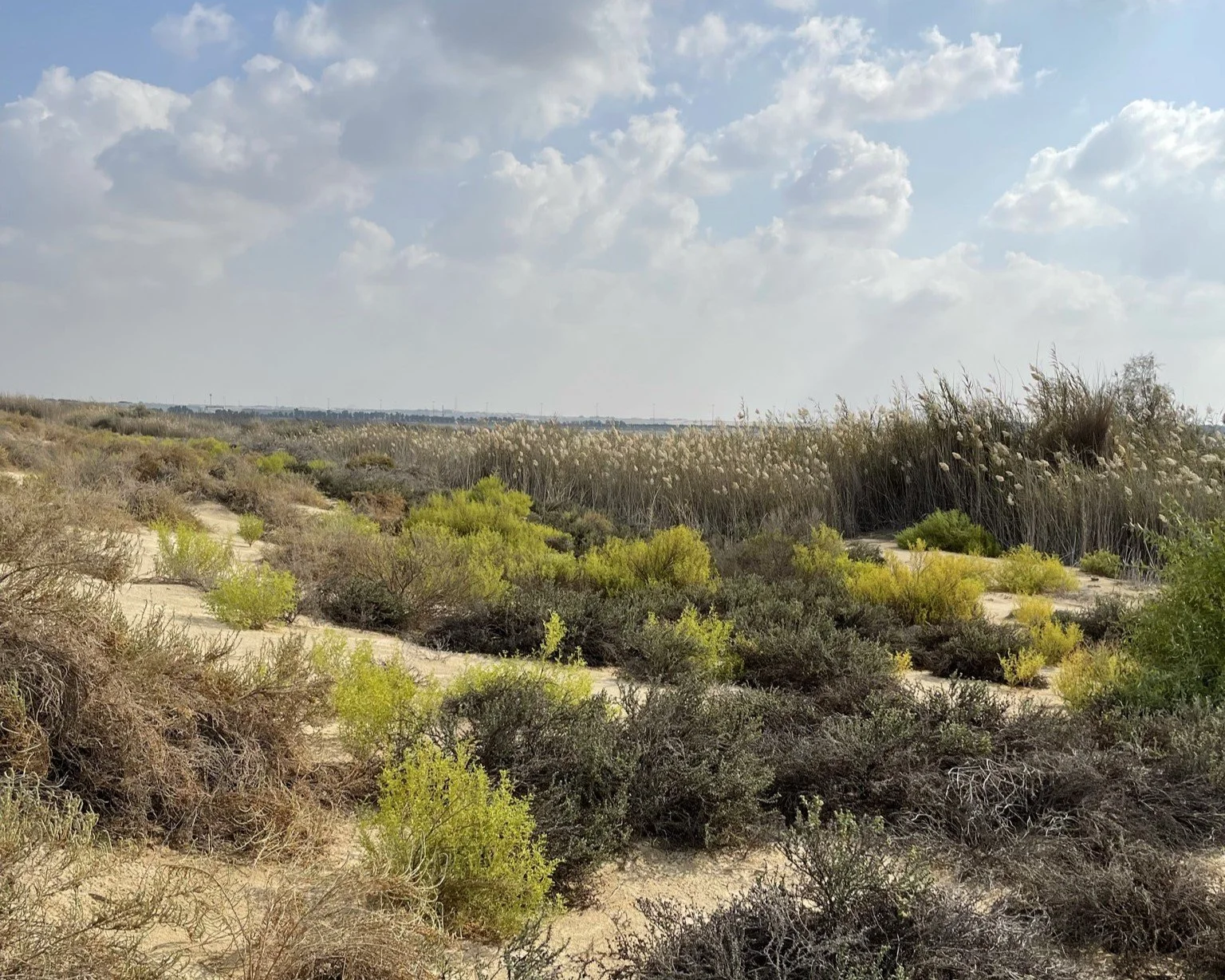Hiking the Wadi Shees Nature Trail

Set in the shadows of the Western Hajjar mountains and tucked away into a desert wadi, lies a hidden nature trail that showcases the biodiversity of the UAE.
For this hike, we travel away from the busy cities to the eastern section of the emirate of Sharjah in the United Arab Emirates (UAE). Set in the shadows of the Western Hajjar mountains and tucked away into a desert wadi, a large ravine carved from the rocks by seasonal rains, lies a hidden oasis.
Wadi Shees is an agriculturally developed area that features one of the best trails in the country. The 1.8km nature trail winds its way along the old falaj, an ancient irrigation system, as it slowly reveals to you the incredible biodiversity of the region. The aflaj (plural) have historically been critical sources of freshwater to sustain life in the Arabian deserts. Wadi Shees was restored as part of an effort led by the Government of Sharjah and the WWF (Learn More).
Starting from the road, you’ll find clearly marked signs and a trail map with detailed information about the trail. The trail immediately starts as stairs going up along the wadi walls as you make your way through all of the geological periods as noted by the varying sedimentary layers. After reaching the top, you’ll then begin to meander down along the narrow canal, called a falaj. The falaj carries water to all of the date and other fruit trees that encompass the trail, including mangoes, oranges, bananas, pomegranates, and apricots. The coolness of the wadi creates the perfect conditions for all sorts of agricultural pursuits in the desert. The trail is easy to follow, with plenty of signage along the way to guide you and several interpretive signs highlighting the archaeological features of the era. The trail makes its way down through the orchards and back down another set of steep stairs back to the road. Turn right and head back uphill on the main road to get back to the trailhead.
Flora and Fauna
As you make your way through the trail, stop to inspect the running water and you’ll notice plenty of small fish, frogs, insects, and other water-loving creatures. Scan the rocks along the walls for mountain goats, beetles, lizards, and other reptiles. Look up into the trees to see the energetic and vibrant colors of the Indian Roller, Hoopes, Pigeons, Bulbuls, Parrots, and more.
Geology
One of the most impressive aspects of the area is the geology, particularly the conglomerate of limestone and ophiolite. Poking into the side of wadi walls or examining a rock will often reveal small bits of ophiolite set in the reddish sediment that is characteristic of the eara. Ophiolites are the remnants of Earth's oceanic crust and the underlying upper mantle that has been uplifted, exposed, and then reduced to pebbles set into the sediment.
Guides and Resources
Hiking Notes
There are about 1.8 kilometers of marked trails. Trails are hard surfaced including cobblestones, gravel, concrete, and packed sand.
The trail can be completed as a loop, with a small portion of the hike along the road to return to the trailhead.
The trailhead has a small amount of parking
Precautions: Heat, Hazardous flooding during rain
Map
WikiLoc - Wadi Shees Nature Trail
Photos
Visiting
Address:
Wadi Shees Natural Trail
25.291187584733745, 56.244589476697875.
I am an avid hiker and amateur naturalist. I hike to satisfy that persistent curiosity of what of nature’s wonders lies just beyond the next bend.
































